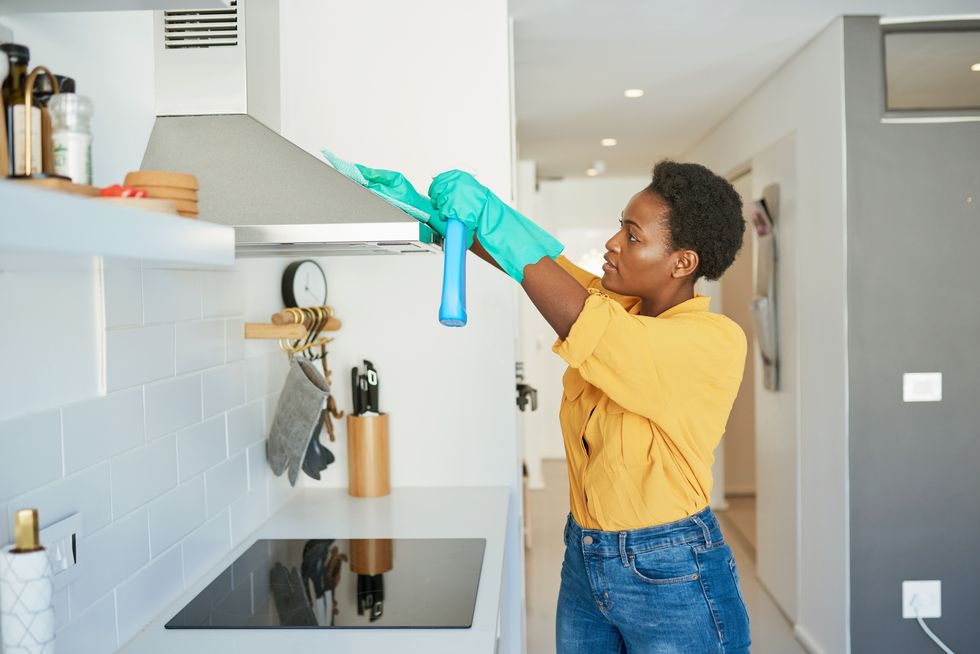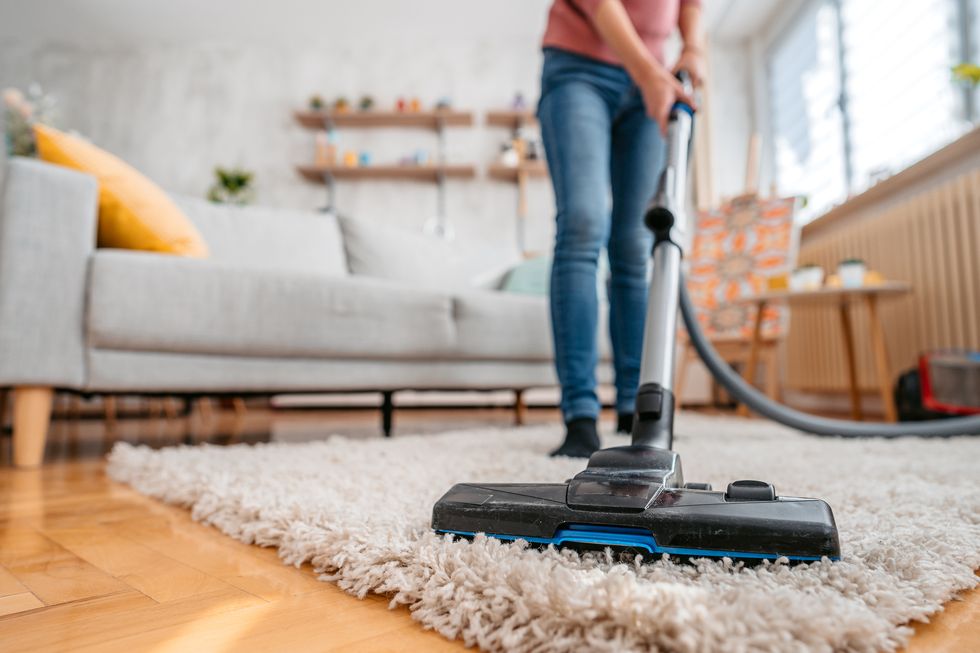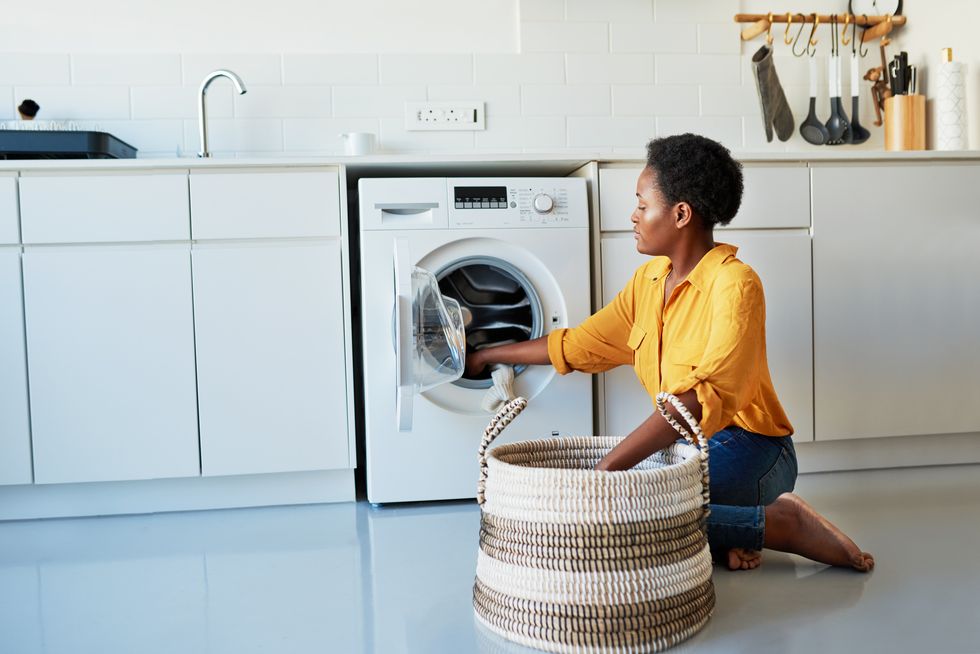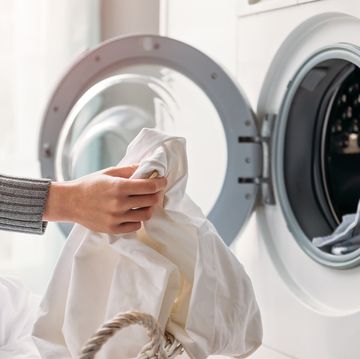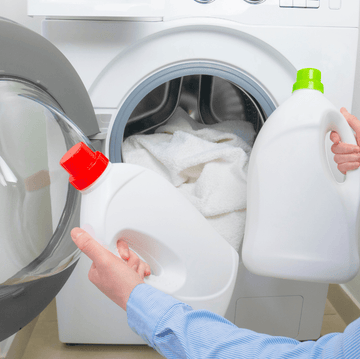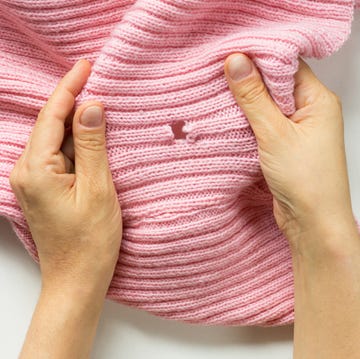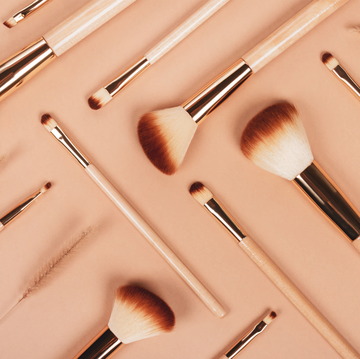Love Good Housekeeping and want more of our Triple-Tested recipes, home tips, fashion inspiration, essential consumer advice and so much more delivered to your inbox? Sign up to our FREE weekly newsletters, sit back and enjoy!
Mould and mildew aren’t just unpleasant to look at – they can compromise indoor air quality and negatively impact your health. The best way to deal with them is to act quickly by removing visible growth and addressing the root cause of the problem.
Here’s your complete guide to eliminating and preventing mould and mildew in your home.
What to read next
Prevention is better than cure
Mould and mildew thrive in moist, poorly ventilated environments. Preventing these fungi from developing in the first place is always easier than treating an outbreak.
Keep your home as dry and well-ventilated as possible. Open windows regularly, even in winter months, to encourage air circulation. If you notice persistent condensation or frequently dry laundry indoors, investing in a dehumidifier can significantly reduce humidity levels.
In high-moisture areas such as kitchens and bathrooms, make sure extractor fans are clean and functioning properly so they efficiently remove steam and moisture. But if mould does appear, here’s how to deal with it by area.
Showers and bathrooms
To reduce the risk of mould and mildew forming in the bathroom, always leave the shower door or curtain open after use – this allows steam to escape and surfaces to dry more quickly.
If you spot mould on your shower curtain, clean it with a bleach solution and rinse thoroughly (note that bleach can degrade fabric over time). For a more eco-friendly method, soak the curtain in a soda crystals solution according to the product’s directions. Always allow it to dry fully before rehanging.
For shower trays and tiles, use an all-purpose bathroom cleaner to clean, then rinse and dry thoroughly. Scrub discoloured grout with a mix of one part bleach to four parts water using an old toothbrush, or use a specialist product, such as HG Mould Spray. To prevent future build-up, apply a fungicidal bathroom spray regularly to grout and sealant. In hard water areas, also use a limescale remover once a week to reduce build-up that can trap moisture.
Carpet
If mould appears on your carpet, start by brushing or vacuuming away any loose spores. Then apply a mould remover that’s safe for use on soft furnishings, such as Furniture Clinic Mould Remover. Always patch test first in an inconspicuous area.
Alternatively, make a DIY spray using one part white vinegar to two parts water. Lightly mist the affected area (avoid oversaturating it, as this could worsen the issue), blot away the mould, then rinse with a damp cloth and leave to dry. Once dry, sprinkle bicarbonate of soda over the area and let sit for 24 hours before vacuuming to remove lingering odours.
Avoid shampooing the carpet unless absolutely necessary, as excessive moisture can aggravate mould issues. If you do proceed with a deep clean, ensure the room is well-ventilated or use a dehumidifier to dry the area thoroughly.
Washable fabrics
Light mildew stains on washable fabrics will usually come out in a normal wash cycle if treated promptly. For white fabrics (excluding nylon and bleach-sensitive items), soak in a diluted bleach solution – 20ml of bleach per 5 litres of water.
For coloured garments or non-bleachable fabrics, opt for a stain remover like Stain Devils Fruit & Drinks, which is formulated to target mildew stains. Always follow the manufacturer’s instructions for best results.
Walls
To clean mould from walls or ceilings, prepare a solution of one part chlorine bleach to four parts water, or use a dedicated product, such as Astonish Mould & Mildew Blaster. Always test a small, hidden area first, as bleach can affect paint or wallpaper colour.
Scrub the affected surface with a stiff-bristled brush, rinse well with clean water and allow it to dry completely. However, remember that unless the underlying moisture issue is resolved, mould will likely return.
GHI Tip: When removing mould and mildew, make sure you keep the area well-ventilated and if you suffer from allergies or respiratory problems, it’s advisable to wear a mask.
Washing machines
Washing machines are ideal environments for mould and mildew: warm, wet and usually kept closed between uses. The result? Musty odours and black spots on the rubber seal, which can even transfer to your laundry.
To remove existing mould, use a specialist cleaner, such as Skylar Life Mold & Mildew Stain Cleaner Removal Gel, checking that it’s safe for your machine’s seal material. Once cleaned, run a maintenance cycle with a machine cleaner, such as Dr. Beckmann Service-It Deep Clean, to flush out remaining grime.
To stop mould from coming back, always leave the door and detergent drawer slightly open for a while after each wash to help moisture escape. Regularly wipe down the rubber seal with a diluted bleach solution – do this every few washes. Just be sure the seal is completely dry before running the machine again to avoid damaging clothes.

